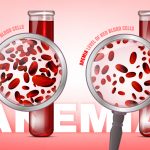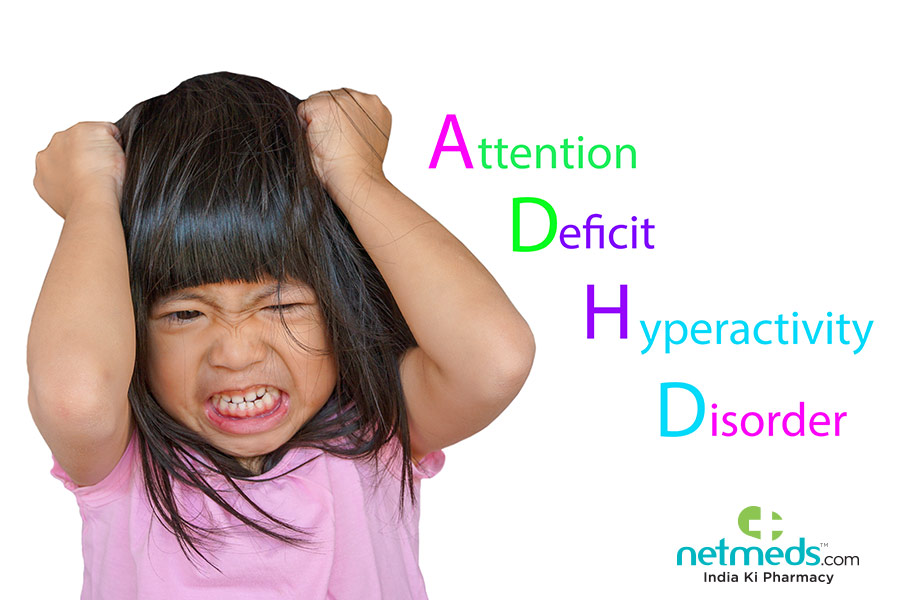The most common behavioural disorder in children (and even in adults) is called Attention Deficit Hyperactivity Disorder or ADHD. Attention Deficit Hyperactivity Disorder is characterised by several problems such as difficulty in paying attention, difficulty in controlling behaviour and excessive indulgence in activities.The symptoms may differ from person to person. The condition may affect both children and adults. ADHD may affect a person during his/ her childhood and it may get carried on in adulthood. Adults with Attention Deficit Hyperactivity Disorder may face trouble in managing time, organising tasks and work, difficulty in setting goals and trouble in sticking to one job.Health professionals may use the following terms to describe a child or an adult who is hyperactive:· Attention deficit disorder· Attention deficit hyperactivity disorder· Hyperkinetic disorder· Hyperactivity Attention Deficit Hyperactivity Disorder is categorised into three types – Predominantly Inattentive Type, Predominantly Hyperactive-Impulsive Type and Combined Type. In predominantly inattentive type, a person faces difficulty in completing a task. Also, organising a task becomes difficult. If a person is affected by predominantly hyperactive-impulsive disorder, he/ she cannot sit quietly. They either fidget or have a tendency to talk a lot. They continue to jump, run or even try to climb. Children become extremely restless, impulsive and continuously interrupt others. A person, who has predominantly hyperactive-impulsive ADHD type, often gets injured. Combined type of ADHD includes both, predominantly inattentive type and predominantly hyperactive-impulsive type.It is important to note that children who are hyperactive don’t always have ADHD. Consulting a doctor is always recommended if you feel the symptoms of ADHD in your child.
Continue Reading:






